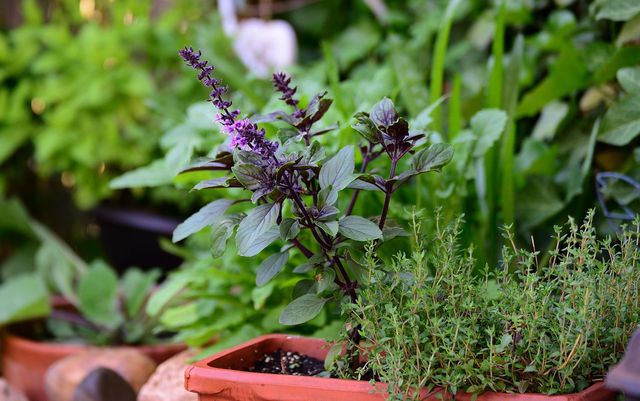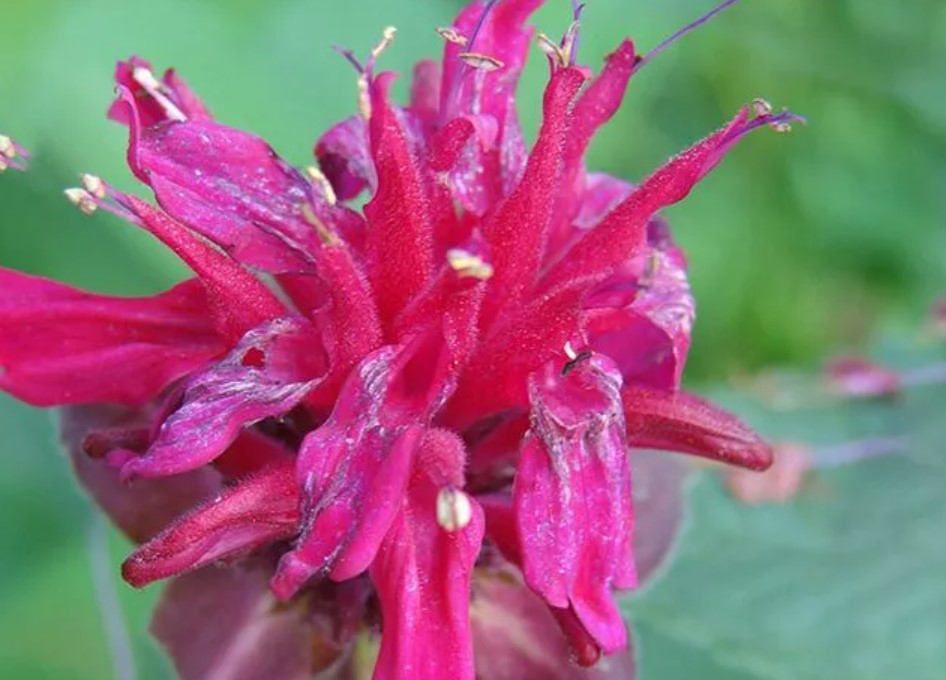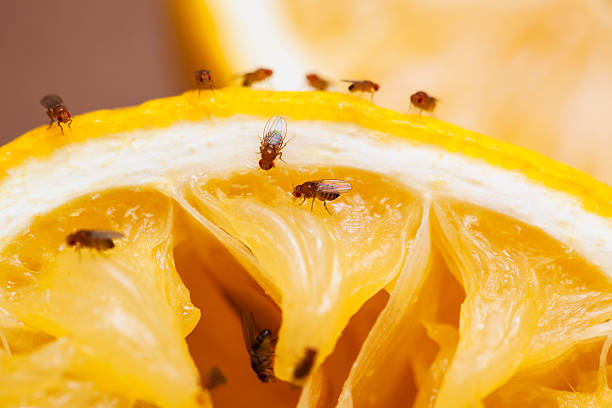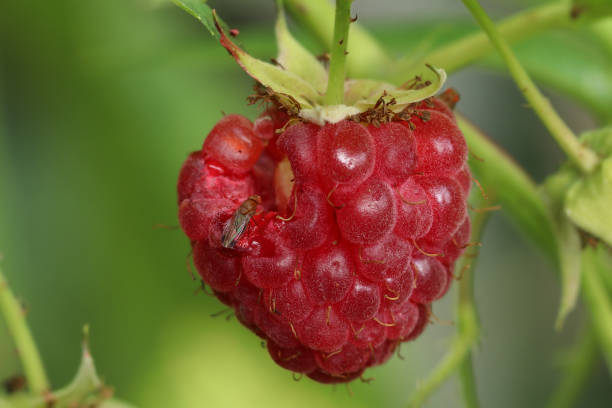Fresh kitchen herbs unfold a much more intense aroma than dry spices – and you can grow them yourself. Here is our top 10 list for refining your food.
What would tomato and mozzarella be without basil leaves or pizza sauce without oregano? Freshly cut kitchen herbs give your dishes a lot of flavor. On top of that, you can be sure that no pesticides will get into your home-grown herb.
Top 10 list of kitchen herbs: treats with medicinal properties

There are hundreds of different kitchen herbs and so the list of personal favorites will vary greatly for everyone. The following selection of kitchen spices will give you inspiration for your own kitchen.
The biennial parsley is one of the most popular herbs in German kitchens. So that it does not lose its spicy-intensive aroma, it should be cooked for a maximum of a short time. The spice from the umbelliferae group is extremely rich in vitamins and is said to be good for the bladder and digestion. Parsley grows best in bright locations without direct sunlight. You should avoid waterlogging.
The strong, spicy chives not only refine dishes with their slight spiciness, but are also said to keep pests away in the garden due to their strong smell. For a bountiful harvest, you should remove the flowers regularly and divide the plant every spring as it needs space to grow.
Dill is a spicy-tart, slightly sweet kitchen herb. It is particularly suitable for the preparation of fish and salads. The annual umbellifer needs sufficient moisture for its growth and you can harvest it continuously from a growth height of 15 centimeters.
The refreshing, aromatic basil goes well with refining tomatoes and salads. However, the plants available in the supermarket usually do not last long because they are planted far too closely together in nutrient-poor soil. It is best to repot the basil into a larger pot or into the garden immediately after purchase.
Oregano is a staple pizza spice for most. The essential oregano oil can have an antibacterial effect on wounds. If you want to plant oregano yourself, you should pay attention to a warm and sunny place. As with all kitchen herbs, it is important to keep sufficient distance between the individual plants.
The spicy, slightly smoky thyme is particularly suitable for Mediterranean dishes and can help as a home remedy for coughs. Thyme likes it dry, sunny and occasional fertilization.
Mint not only freshens breath as a tea, but also gives sauces, marinades and desserts a piquant, spicy-fresh note. You can also use it for homemade lemonade. As a kitchen herb, it likes partial shade, well fertilized and moist.
Lemon balm leaves are known as a calming tea. But the lemony-tasting medicinal herb is also suitable for refining sweet and savory dishes. The perennial kitchen spice likes it sunny and nutritious. You should avoid waterlogging.

The sour-fruity taste of sage is ideal for vegetarian dishes. Sage also has an anti-inflammatory effect and is popular as a tea during the cold season. The spice likes it sunny and dry.
Lemongrass is a herb from Asian cuisine and gives dishes a lemony aroma. So that it grows well in the kitchen, you can use potting soil mixed with a little sand as a substrate. Lemongrass likes it bright and moist, but it does not tolerate waterlogging.






